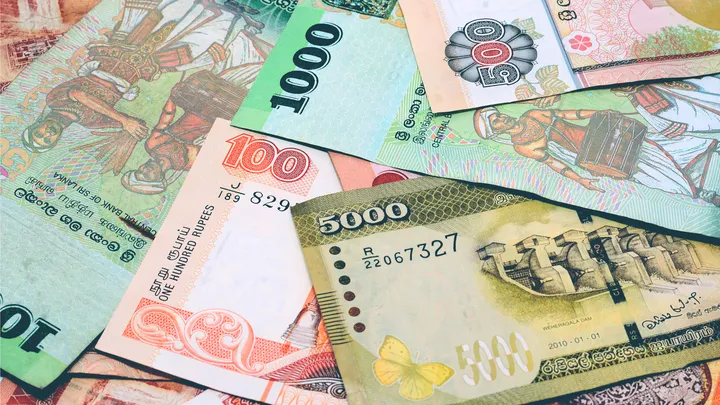Trending

Among the records made last year—most of which didn’t necessarily bring in a sense of achievement—was the record phase at which money was printed, as the Central Bank, influenced by the Modern Monetary Theory (MMT), flooded the markets with liquidity to support the government bloat its fiscal deficit. As at the end of 2021, the Central Bank’s disclosed Treasury bill stock stood at Rs.1, 416.75 billion with overnight liquidity injections to the banking sector topping Rs.467.30 billion on December 31. However, other reports suggested that the estimated Treasury bill stock by the Central Bank had topped Rs.1.9 trillion by December end from Rs.1.8 trillion estimated by the end of November as on November 25 a Central Bank official put the book value of the Treasury bill stock at Rs.1,767 billion on the previous day. Going by the disclosed Treasury bill holdings, the Central Bank had printed money worth Rs.691.56 billion during 2021 after injecting Rs.650.27 billion in 2020 to provide liquidity to the markets to blunt the economic fallout coming from the pandemic and also to keep borrowing costs lower to support economic recovery. Treasury bill holdings by the Central Bank stood at Rs.78.01 billion on March 11, 2020 when the country reported its first local coronavirus case before the country came under lockdowns to contain the virus spread for two months. This unprecedented monetary stimulus generated multiple excesses in the economy by way of generating soaring prices, commodities shortages and massive crunch in foreign liquidity in the domestic market bringing the country closer to a foreign currency debt default, as such money hit the Balance of Payments by way of higher demand for imports. As a result, the Central Bank was forced to provide convertibility by way of issuing dollars from its reserves for such rupees to maintain the exchange rate. When foreign inflows ran dry the external reserves depleted and now stands barely sufficient to fund the country’s import bill, let alone meeting its thumping foreign loan commitments.
Sri Lanka recorded its highest-ever 10-month BoP deficit of US$ 3.3 billion in October while its foreign currency reserves fell to the worrying level of US$ 1.6 billion in November, earning a rating downgrade by Fitch Ratings in December due to heightened concerns about a debt default in the months to follow. But the Central Bank last increased the external reserves to US$ 3.1 billion without disclosing the means of how it happened, drawing the wrath of many parties for engaging in window-dressing. As major global central banks have either have already started raising their interest rates or have indicated a series of rate hikes starting next April in response to soaring prices, Sri Lanka is left with little choice but to follow suit as investors tend pull out their funds from the emerging and developing markets to developed market treasuries which provide them with positive returns with little risk compared to markets with junk ratings.




